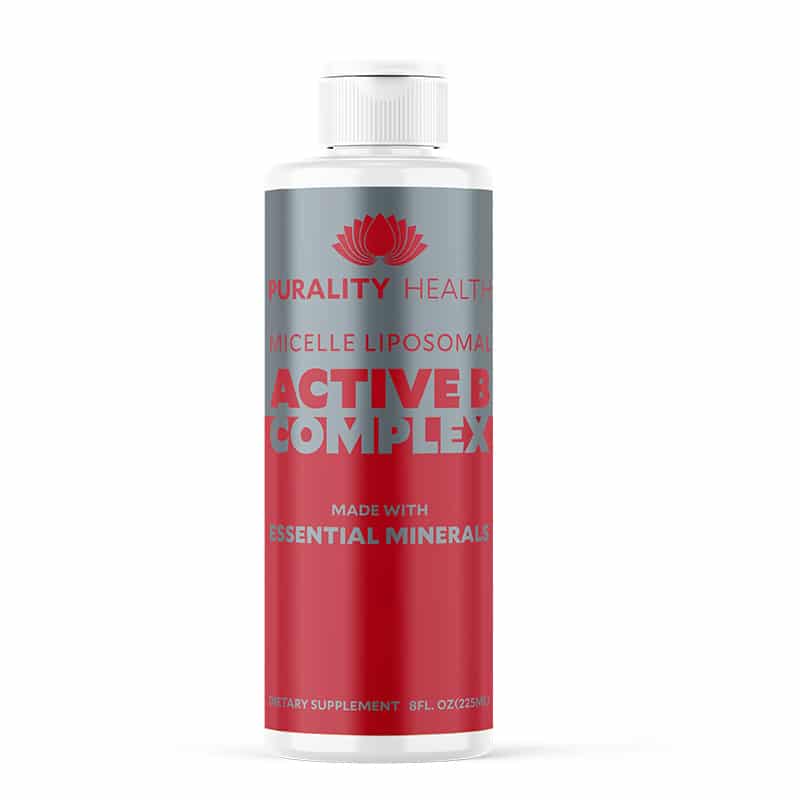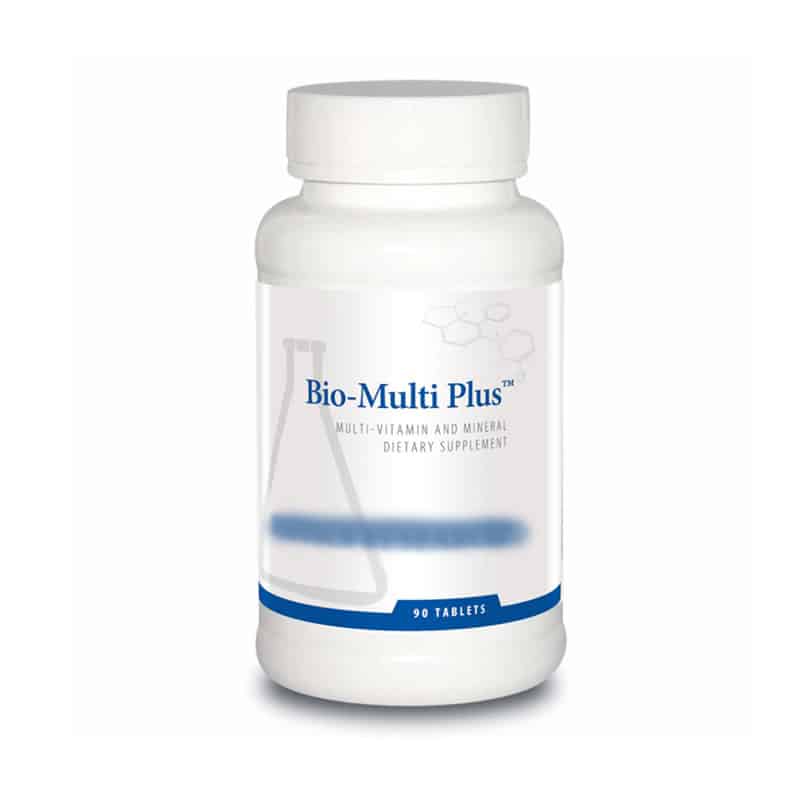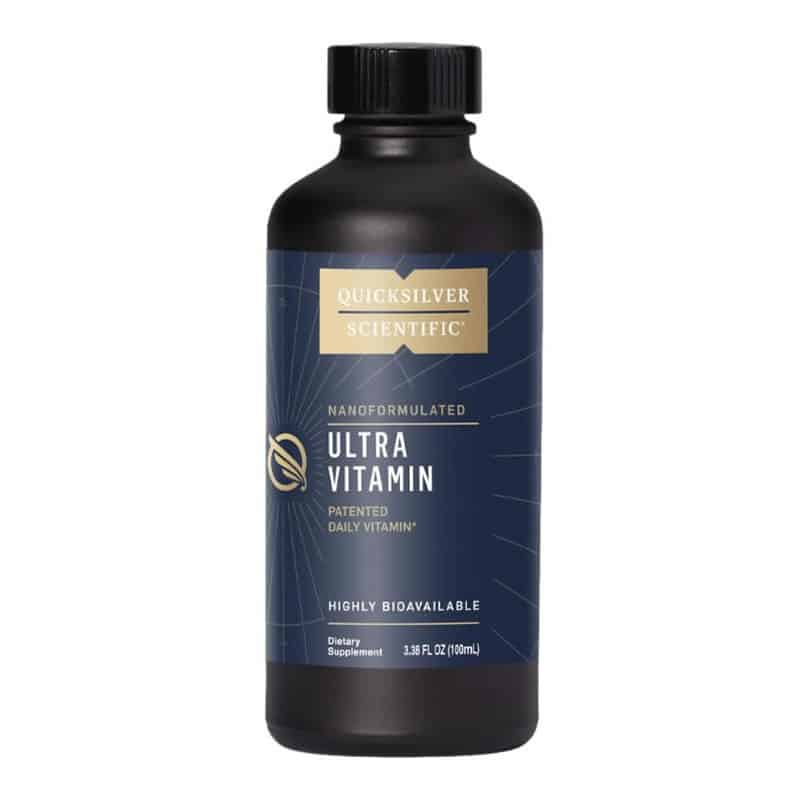No products in the cart.
Vitamin B17 (Laetrile)
Anti-Cancer Properties?
One man seems to be very knowledgeable about the apricot kernel. (Laetrile, B17)
The diet of primitive man and most fruit-eating animals was very rich in nitrilosides. They regularly ate the seeds (and kernels) of all fruits, since these seeds are rich in protein, polyunsaturated fats, and other nutrients. Seeds also contain as much as 2 percent or more nitriloside. There are scores of other major foods naturally, or normally, very rich in nitriloside.
Vitamin B-17 (nitriloside, amygdaline) is a designation proposed to include a large group of water-soluble, essentially non-toxic, sugary, compounds found in over 800 plants, many of which are edible. These factors are collectively known as Beta-cyanophoric glycosides. They comprise molecules made of sugar, hydrogen cyanide, a benzene ring or an acetone. Though the intact molecule is for all practical purposes completely non-toxic, it maybe hydrolyzed by Beta-glycosidase to a sugar, free hydrogen cyanide, benzaldehyde or acetone.
Apricot Kernels (Vitamin B17)
Apricot Kernels are the richest source of B17 (Laetrile). Ernst Krebs is the world’s leading authority on the relationship between cancer and nitrilosides, and the inventor of laetrile. Apricot kernels are known to prevent and cure cancer, even though the medical establishment has worked night and day and even lied to suppress it. Vitamin B17 is found in most all fruit seeds such as the apple, peach, cherry, orange, nectarine and apricot. It is found in some beans and many grasses such as wheat grass. The hard wooden pit in the middle of the peach is not supposed to be thrown away. In fact, the wooden shell is strong armor protecting one of the most important foods known to man, the seed.
It is one of the main courses of food in cultures such as the Navajo Indians, the Hunzas the Abkhasians and many more. Did you know that within these tribes there has never been a reported case of cancer? And there are doctors and scientists from the U.S. living within these tribes right now studying this phenomena) We don’t need to make the seed a main course but we do need the equivalent of about seven apricots seeds per day to improve our odd for a cancer-free life. Other foods that contain vitamin B-17 are: bitter almonds, millet, wheatgrass, lima beans and more. (The bitter almond tree was banned from the U.S. in1995.) The kernel or seed contains the highest amounts of vitamin B17.
One of the most common nitrilosides is amygdalin. This nitriloside occurs in the kernels of seeds of practically all fruits. The seeds of apples, apricots, cherries, peaches, plums, nectarines, and the like carry this factor; often in the extraordinary concentration of 2 to 3 percent. The rule of thumb when eating seeds is to eat the fruit along with the seeds. For example, you do not want to extract the seeds from 50 apples and eat only those seeds, however eating a few apples every day along with their seeds is perfectly safe. Since the seeds of fruits are possibly edible, it may be proper to designate the non-toxic water soluble accessory food factor or nitriloside that they contain as vitamin B-17.
The presence of nitriloside in the diet produces specific physiologic effects and leaves as metabolites specific chemical compounds of a physiologically active nature. The production by a non-toxic, water-soluble accessory food factor of specific physiological effects as well as identifiable metabolites suggests the vitamin nature of the compound. Before considering the possible anti-neoplastic activity of this vitamin B-17, let us recall that the benzoic acid arising from it has certain anti-rheumatic and antiseptic properties. It was rather widely used (in Germany and elsewhere) for rheumatic disease therapy prior to the advent of the ortho-hydroxy addition product of benzoic acid known as ortho-hydroxybenzoic acid or salicylic acid. It was originally obtained from beech-wood bark.
Recall now, that thiocyanate also was once widely used, in both Germany and American medicine, as an effective agent for hypertension. Used as such, as the simple chemical, the dosage was difficult to control. Obviously, this difficulty does not arise from the thiocyanate usually produced in the body through metabolizing vitamin B-17 (nitriloside). However, chronic hypotension has been reported in Nigerians who eat quantities of the nitriloside-containing manioc (cassava), especially that of the bitter variety. Are we justified in suggesting that cancer itself might be another chronic metabolic disease that arises from a specific vitamin deficiency, a deficiency specifically in vitamin B-17 (nitriloside)?
There are many chronic or metabolic diseases that challenge medicine. Many of these diseases have already been conquered. What proved to be their solution? By solution we mean both prevention and cure. What really cures really prevents. Let us think of some of these diseases that have found total prevention and hence cure. We are speaking of metabolic or non-transmissible diseases. At one time the metabolic disease known as scurvy killed hundreds of thousands of people, sometimes entire populations. This disease found total prevention and cure in the ascorbic acid or vitamin C component of fruits and vegetables. Similarly, the once fatal diseases so aptly called pernicious anemia, pellagra, beri beri, countless neuropathies, and the like, found complete cure and prevention in specific dietary factors, that is, essential nutrients in an adequate diet.
No chronic or metabolic disease has ever found cure or prevention, that is, real cure and real prevention, except through factors essential to an adequate diet and/or normal to animal economy. Does it seem likely, therefore, that cancer will be the first exception to this generalization that to date has not had a single known exception? In my humble opinion, certainly not. But does it follow from this that vitamin B-17 (nitriloside) is the specific anti-neoplastic vitamin? Logically, by itself, alone, this conclusion that nitriloside is the specific anti-neoplastic vitamin does not follow. However, examine the brilliant laboratory studies of Dr. Dean Burk of the Department of Cytochemistry of the National Cancer Institute in Washington. I believe that in light of the experimental evidence that he has produced, you might agree that vitamin B-17 (nitriloside) is indeed the anti-neoplastic vitamin and is certainly worth more investigation.
Laetrile’s (Amygdalin) Mode of Action:
Amygdalin (Laetrile/Vitamin B-17) is a relatively simple compound found in much of our food supply. It is most abundant in the seeds of non-citrus fruits. Most commercially prepared Amygdalin is extracted from the seeds of the apricot. Amygdalin is composed of two molecules of glucose (a sugar), one molecule of benzaldehyde (an analgesic) and one molecule of hydrocyanic acid (an anti-neoplastic compound). In metabolic therapy, the Amygdalin is broken down into its component parts as a result of the action of beta-glucosidase. This enzyme is found in abundance in cancer cells, and is relatively deficient in normal cells.
Consequently, the cyanide is released only where there is an active cancer lesion. This liberation of cyanide under controlled and safe conditions insures that an adequate dosage can be administered without the threat of toxic side effects. This absence of cyanide toxicity is further insured by the action of Rhodanese, another enzyme. This enzyme is present in large quantities in normal cells but in very small amounts in cancer cells. Detoxification of cyanide occurs, therefore, in normal mammalian tissue through the action of Rhodanese which, in the presence of sulfur-bearing compounds, converts free cyanide to thiocyanate, a perfectly non-toxic compound. The thiocyanate is excreted in the urine.
More on Vitamin B17
http://www.cancure.org/laetrile.htm
Since Laetrile is not considered an approved treatment for cancer in the United States, websites that sell it as a cure for cancer are being shut down. These sites include David Arjona’s www.worldwithoutcancer.com and Jason Vale’s www.apricotsfromgod.com
To read our opinion on why laetrile and other natural substances used in alternative cancer therapies are not readily available in the U.S., go to our “why these natural therapies haven’t been approved by the FDA” page.
The Cancer Cure Foundation did an internet search and found some websites that sell apricot kernels (a natural source of B17) and laetrile. We do not have additional information about these companies, but if you do an internet search, you can research these companies and find additional information and sources. Be aware, however, that these companies will probably not be able to give you information about using these substances to treat cancer.
Suppliers of kernels include:
- Apricot Power 866-GOT-PITS (468-7487) or www.apricotpower.com
- Sun Organic 1-888-269-9888 or www.sunorganic.com
- American Biologics in Mexico
- http://www.credence.freeserve.co.uk in the United Kingdom sells kernels and laetrile outside of the United States only
- http://www.vitaminb17.de
- http://www.apricot-seeds.com Our Father’s Farm in Canada
- http://www.cyto-pharma.com/
Suppliers of laetrile include:
- Cyto Pharma in Mexico at 888-281-6663 http://www.cytopharma.com/
- KEMSA in Mexico at 800-851-9470 or www.kemsa.com, they do not ship to the U.S. You have to go and pick up the product in Mexico
- Bio Research at 800-291-1508
- International Antiaging Systems in Great Britain – www.smart-drugs.com (You can go to their ordering information page for information or in the U.S. fax 310-388-1072)
- American Biologics in Mexico
- http://www.vitaminb17.de
- http://www.credence.freeserve.co.uk in the United Kingdom sells kernels and laetrile outside of the United States only
In addition, there are many foods that contain Vitamin B17. These include: Apple seeds, alfalfa sprouts, apricot kernels, bamboo shoots, barley, beet tops, bitter almond, blackberries, boysenberries, brewer’s yeast, brown rice, buckwheat, cashews, cherry kernels, cranberries, currants, fava beans, flax seeds, garbanzo beans, gooseberries, huckleberries, lentils, lima beans, linseed meat, loganberries, macadamia nuts, millet, millet seed, peach kernels, pecans, plum kernels, quince, raspberries, sorghum cane syrup, spinach, sprouts (alfalfa, lentil, mung bean, buckwheat, garbanzo), strawberries, walnuts, watercress, yams.
Keep in mind that Vitamin B17 helps prevent cancer, but if one already has cancer, a complete protocol is required including diet, enzymes, exercise, and supplementation, as prescribed by a physician. In addition, some conditions, such as some brain tumors and basal cell carcinomas may not be helped with laetrile protocol. It is best to work with an alternative physician to be sure you are using the best approach to treat your particular condition.
Vitamin B17 (Amygdalin) is found in the seeds and pits of apples, cherries, peaches, almonds, papaya, and nectarines.
Amygdalin is a naturally occurring glycoside that was originally isolated from apricot pits by the famous biochemist Forest T. Krebs in the 1920s. Amygdalin is a herbal constituent derived from the kernels of various fruits of the Genus Prunus (synonym amygdalus), which includes the plum, prune, cherry, peach and apricot. The word is derived from the contraction of the chemical term LAE vo-mandeloni TRILE. Krebs also designated laetrile as vitamin B17. Other sources include the seeds and pits of apples, cherries, peaches, plums, almonds, papaya, and nectarines. An unusual feature of this carbohydrate is the presence of a cyanide substituent that yields HCN upon hydrolysis by intestinal bacteria. The more common name for amygdalin is “laetrile” and many investigations have been conducted to determine the potential anticancer activity of amygdalin.
For the most part, it has been found that amygdalin is devoid of any significant activity against tumor cells and can be lethal if ingested in excessive amounts. Ernst Krebs conducted many of the anticancer studies of amygdalin and he ultimately named the compound vitamin B-17, although there is no established metabolic need for amygdalin and none of the common vitamin deficiency symptoms occur when this chemical is excluded from the diet of humans. The most widespread theory (“”cyanide theory””) on the action of amygdalin was propounded by Ernest Krebs, Jr. in the seventies. Krebs hypothesis: The resulting end products of the hydrolysis of amygdalin are the hydrocyanic acid (HCN) and benzaldehyde. In order to produce these products B-glucuronidase is required. It has been demonstrated that this enzyme is present in cancerous tissue, about 1,000 to 3,600 times higher than in normal tissue.
Rhodanase is an enzyme found in the liver cell and is known to be concerned with the conversion of toxic hydrocyanic acid to thiocyanate, a harmless substance. Rhodanase is part of the normal detoxification process of the body. However, it was found that normal cells contain a relatively high concentration of rhodanase and low concentration of B-gluco-ronidase, whereas cancerous cells are high in available B-glucoronidase and low in available rhodanase. Amygdalin is extracted from almond cake by boiling alcohol; on evaporation of the solution and the addition of ether, amygdalin is precipitated as white minute crystals. Sulfuric acid decomposes it into d-glucose, benzaldehyde, and prussic acid (hydrogen cyanide); while hydrochloric acid gives mandelic acid, d-glucose, and ammonia.
The decomposition induced by enzymes may occur in two ways. Maltase partially decomposes it, giving d-glucose and mandelic nitrile glucoside, C6H5CH(CN)OC6H11O5; this compound is isomeric with sambunigrin, a glucoside found by E.E. Bourquelot and Danjou in the berries of the common elder, Sambucus nigra. Emulsin, on the other hand, decomposes it into benzaldehyde, cyanide, and two molecules of glucose; this enzyme occurs in the bitter almond, and consequently the seeds invariably contain free cyanide and benzaldehyde. An “”amorphous amygdalin”” is said to occur in the cherry-laurel. Closely related to these glucosides is dhurrin, C14H17O7N, isolated by W. Dunstan and T. A. Henry from the common sorghum or “”great millet,”” Sorghum vulgare; this substance is decomposed by emulsin or hydrochloric acid into d-glucose, cyanide, and p-hydroxybenzaldehyde.
Amygdalin is also called laevomandelonitrile, or Laetrile (some claim that Laetrile is derived from a Latin word meaning “”joyfulness””) for short, and used to prevent cancer, though this is not approved by the FDA. The US government’s National Institutes of Health reports that two clinical trials with laetrile have been published. One Phase I study found that amygdalin caused minimal side effects; the side effects that were seen were similar to the symptoms of cyanide poisoning. One Phase II study with 175 patients had some patients reporting improvements in symptoms, but all patients showed cancer progression 7 months after completing treatment, and it was determined no further tests were necessary. No double-blind, controlled clinical trials have been conducted.
Laetrile (B-17)
We used to eat foods high in B-17. Unfortunately, we’ve gotten away from many of them. Laetrile is also known by its more common generic name Amygdalin, or Vitamin B-17. It is found in natural foods which contain nitriloside and has been used and studied extensively for well over 100 years. The use of Amygdalin (Laetrile/Vitamin B-17) in the treatment of human cancer dates back at least to 1843, although the ancient Chinese are reported to have used bitter almonds containing significant quantities of it in the treatment of tumors some 3,000 years ago.
In 1902 John Beard, a Professor of Embryology at the University of Edinburgh, suggested that malignant tumors and cancer might be cured by the effective use of ordinary enzymes (instead of the maiming surgery, poisonous chemotherapy, or burning radiation used by the modern medical establishment.) Both Beard and his theory were ridiculed by the scientists of the day and it wasn’t until 1938 that the Edinburgh professor’s work was picked up and continued by Dr. Ernst Krebs and his son, Ernst Krebs Jr. who devoted their lives to nutrition therapy. After many years of research in the 1950’s they isolated a vitamin they numbered B-17 and called Laetrile.
As the years rolled by, thousands became convinced that Drs. Krebs had finally found the complete controlling substance for all cancers. Amygdalin (Laetrile/ Vitamin B17) is particularly prevalent in the seeds of those fruits in the Prunus Rosacea family (bitter almond, apricot, blackthorn, cherry, nectarine, peach and plum.) It is also contained in grasses, maize, sorghum, millet, cassava, apple seeds, and many other foods that, generally, have been deleted from the menus of modern civilization. Fruit kernels or seeds generally have other nutrients as well, some protein, unsaturated fatty acids, and various minerals. The most common source of B17 is the apricot kernel and is present in about a 2-3 percent levels of concentration within the seed kernel.
| Foods rich in Vitamin B17 – Laetrile: |
| Apple seeds, alfalfa sprouts, bamboo shoots, barley, beet tops, berries (blackberry, boysenberry, cranberry, gooseberry, huckleberry, loganberry, raspberry, strawberries), bitter almond, brewer’s yeast, brown rice, buckwheat currants, fava beans, flax seeds, garbanzo beans, kernels (apricot, cherry, peach, plum), lentils, lima beans, millet, millet seed, nuts (cashew, macadamia, pecan, walnut), quince, sorghum, spinach, sprouts (alfalfa, lentil, mung bean, buckwheat, garbanzo), watercress, yams. |
Unable to patent or claim exclusive rights to the vitamin he had isolated, because it is derived from an abundantly available natural source (Prunus Amygdalis Rosacea family), the multinational pharmaceuticals have used propaganda against B-17, despite the proof of its effectiveness in controlling all forms of cancer. The exact action of Amygdalin (Laetrile/Vitamin B-17) in its effect on cancer cells is still theoretical even though it has clear and obvious results. B-17 molecule contains two units of glucose (sugar), one of the benzaldehyde, and one of cyanide, all tightly locked together. Apparently, cancer cells do not possess the important enzyme called rhodanase.
In fact they have another enzyme, beta-glucosidase, that releases the cyanide, and benzaldehyde which then poisons the cancer cells; this phenomenon is known as synergism. Beta-glucosidase is always present in great quantity, sometimes at levels of one hundred times than that of the surrounding normal cells. The result is that vitamin B-17 is unlocked at the cancer cell, releases its poisons to the cancer cell and only the cancer cell. Normal cells have a very important enzyme called rhodanase, that inactivates the cyanide converting it into by-products that actually are beneficial and essential to health. This enzyme is found in great quantities in every part of the body except the cancer cell which is not protected. Could it be this easy? Eat sprouts!







